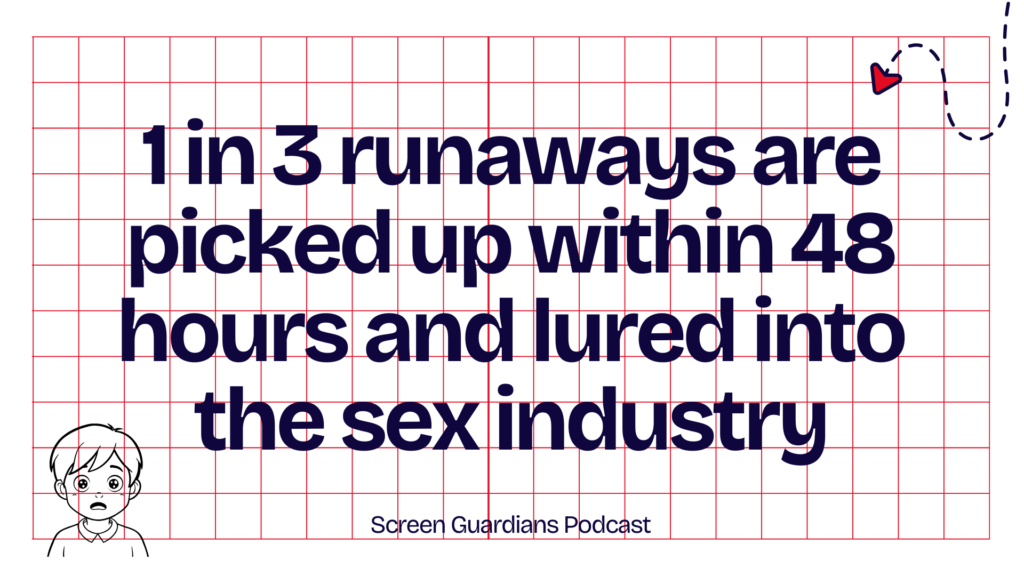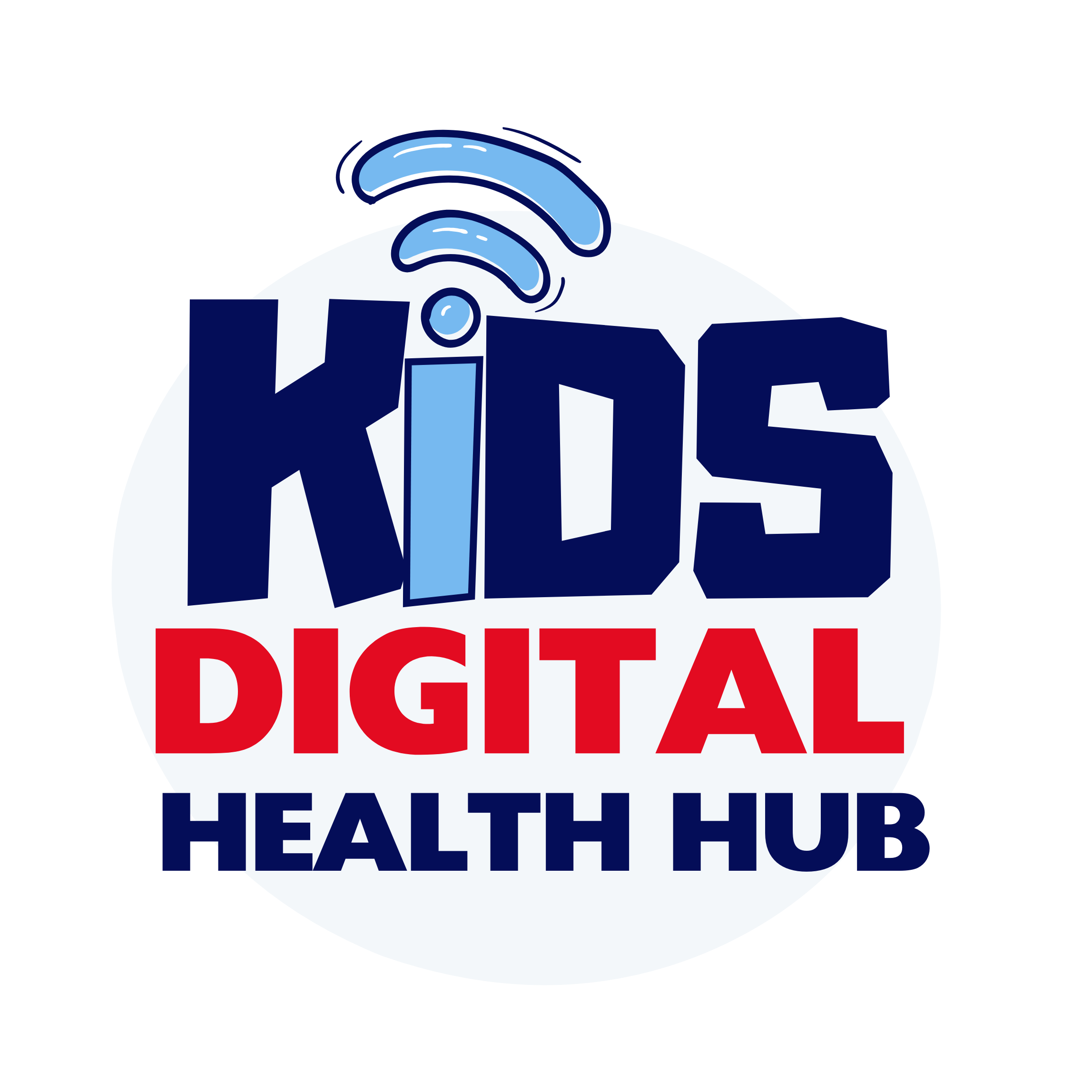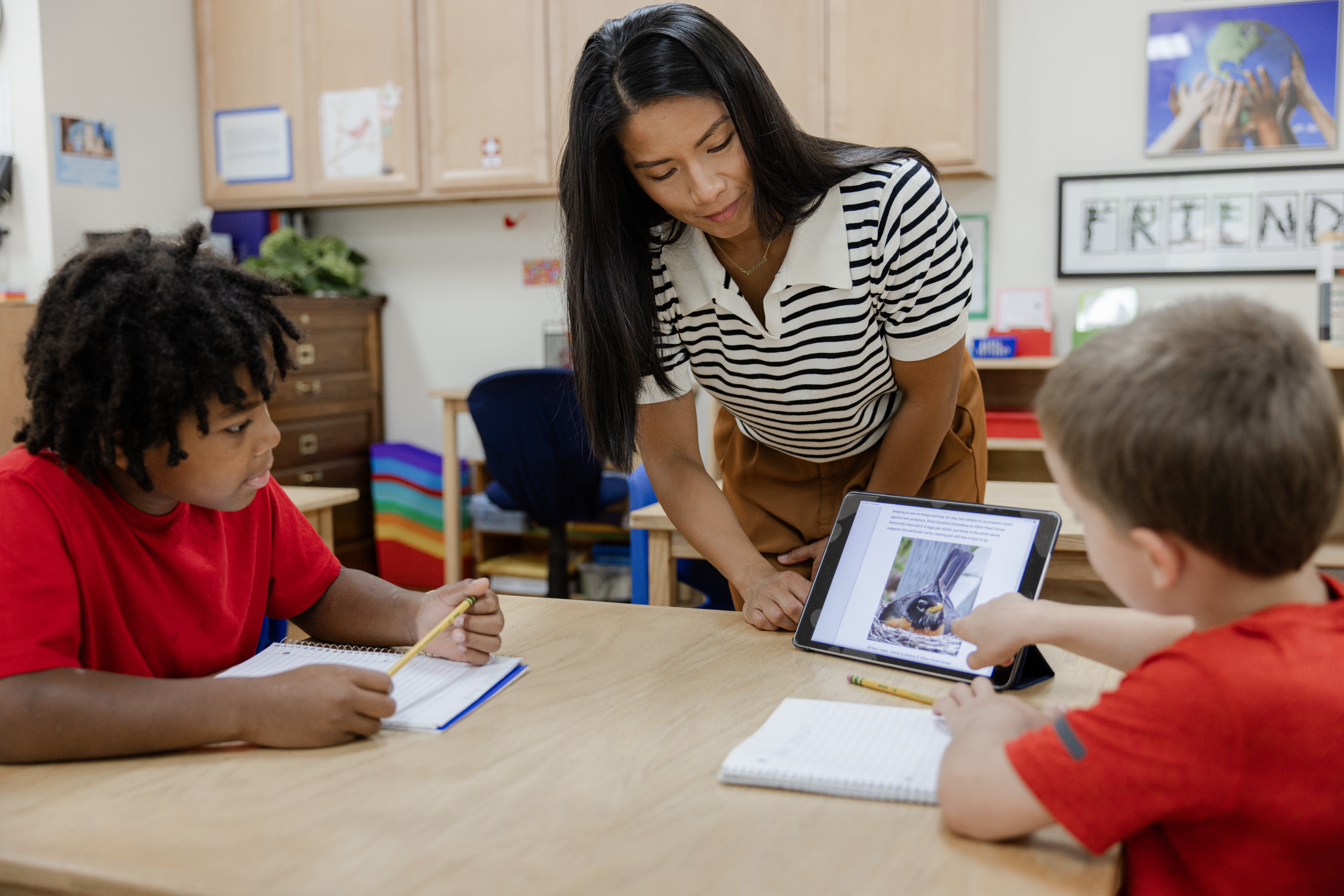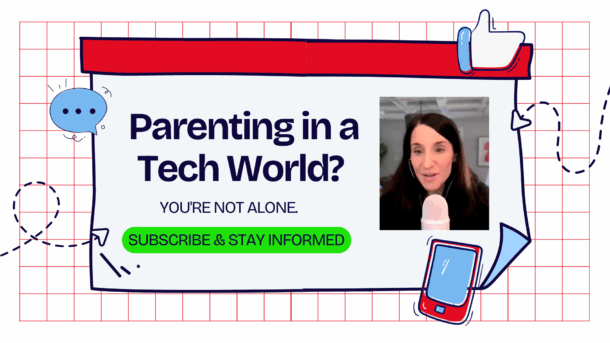Pornography and sex trafficking have a deeper link than many parents realize. With children encountering pornography as early as 10 years old, their vulnerability to online grooming and exploitation increases. This article will uncover why parents need to be vigilant about internet safety for kids and practical steps you can take today.
Table of Contents
In our latest conversation on the Screen Guardians Podcast, we went deep into a troubling but critical topic: the connection between pornography and sex trafficking. As parents in an increasingly digital world, understanding this link is imperative to protecting our children. Here’s a summary of the key points discussed, along with practical tips and resources to help ensure our kids’ safety.
How Grooming Begins: From Pornography Exposure to Trafficking
In today’s hyper-connected world, children have access to the internet at their fingertips—but with this access comes invisible risks that many parents are unprepared for. One of the most alarming issues in our digital age is the link between pornography and sex trafficking. It’s a connection that isn’t just surprising but deeply troubling.
Did you know the average age of first exposure to pornography is just 12 years old? Or that predators and sex traffickers actively exploit this exposure to groom and manipulate children? While pornography might be portrayed as “harmless entertainment,” behind the scenes, it fuels an insidious cycle of exploitation and trafficking—one that impacts women, children, and even entire communities.
For parents, the question isn’t if your child will encounter explicit content online, but when. And as alarming as this may sound, there are concrete ways to prevent these dangers and empower your family.
This article exposes the often-overlooked connection between pornography and trafficking. We’ll discuss how predators use digital platforms to exploit vulnerabilities, how early exposure to explicit content warps kids’ understanding of relationships, and—most importantly—how you can protect your children in an increasingly digital world. Let’s educate ourselves, stay vigilant, and take action together.
Understanding the Scope of the Problem
Pornography’s Prevalence
Pornography is no longer confined to magazines hidden under mattresses; today, it’s a $97 billion global industry that’s more accessible than ever thanks to smartphones and constant internet connectivity.
What age do kids start seeing pornography online?
Shockingly, studies show that children are often exposed to pornography unintentionally or intentionally as early as 10-12 years old.
The Rise of Violent Pornography
Modern pornography is far more violent than in past decades. Children exposed to it at a young age can easily misunderstand the nature of healthy sex. The glamorization of obscenity, dominance, and violence in explicit media helps normalize dangerous behaviors, setting the stage for exploitation.
The Disturbing Connection: Porn and Sex Trafficking
Kevin, a veteran law enforcement officer with extensive experience combating internet crimes against children, shared deeply unsettling insights about how pornography and sex trafficking are linked:
How Pornography Desensitizes Kids to Danger
Desensitization and Grooming:
Early exposure to pornography desensitizes children, normalizing deviant behaviors and sexual violence. This normalization clouds their ability to distinguish between what’s safe and unsafe, making them more vulnerable to predators.
Child Pornography Circulation:
Explicit material involving minors—now often referred to as Child Sexual Abuse Material (CSAM)—is a major driver of global sex trafficking. Traffickers coerce children into production and distribute illicit material via encrypted platforms like Telegram, MEGA, or through the deep and dark web.
Recruitment through Grooming:
Traffickers often prey upon children who are psychologically vulnerable. Grooming typically begins online, where predators shower potential victims with compliments, attention, money, and gifts. They aim to build trust before exploiting children for sex or pornography, often under the guise of care and protection.
Economic Impact:
Both pornography and sex trafficking generate upwards of $99 billion annually, with clear correlations between increased pornography consumption and heightened instances of human trafficking.
Signs of Pornography and sex trafficking Danger: How Predators Operate
Contrary to sensational Hollywood portrayals such as Taken, Kevin emphasized that most sex trafficking cases don’t involve kidnappings. Many occur closer to home, involving:
- Known Individuals: Trusted family members, friends, or acquaintances are often the perpetrators.
- Hidden Apps: Apps like “Say Hi” or hidden apps within platforms like Snapchat (e.g., Hoop) provide predators with covert ways to initiate contact.
- Runaways and Vulnerable Youth: A staggering 1 in 3 runaways are picked up within 48 hours and lured into the sex industry. Economic instability and compromised home lives are often risk factors that traffickers exploit.

6 Steps Parents Can Take to Prevent Trafficking
Protecting our children starts with education, proactive conversations, digital boundaries, and monitoring their digital interactions. Here are some actionable tips:
1. Start a Dialogue Early
It’s not if your child will encounter pornography but when. A study by Common Sense Media revealed:
- 15% of children first see porn by age 10 or younger
- 58% stumbled across it accidentally
Introduce the topic gently. Books like Good Pictures, Bad Pictures (available in versions for younger and older kids) provide a great way to start these critical conversations.
2. Be Their Trusted Source
Studies show children are more likely to turn to parents for guidance when they know they won’t be shamed. Explain that curiosity and temptation are natural but also teach boundaries that are aligned with your family’s values.
Kevin’s example with his own son illustrates the power of open communication. His son, feeling tempted, came forward and requested boundaries like removing screen access at night. This level of honesty is cultivated by creating a safe space for kids to share without fear of judgment.
3. Monitor Devices and Online Activity
Keep an eye on your child’s digital world:
- Check hidden apps: Ensure they don’t have access to apps like Hoop, embedded within Snapchat or TikTok.
- Track their location: Use trusted apps like Life360, Bark, or Aura to monitor both physical and digital activities.
4. Be Proactive About Social Media Connections
Regularly review all unknown friends and connections on your child’s social networking apps. For younger children:
- Set clear guidelines for approving friends or followers.
- Spot-check messages for inappropriate content or interactions.
5. Recognize Warning Signs
Traffickers look for children with fractured families, low self-esteem, or limited supervision. Signs your child could be at risk:
- Sudden secrecy about online or phone activity
- Excessive gifts or money without explanation
- Isolation from close friends or family
6. Discuss Pornography’s Harm
Explain how modern pornography creates unhealthy expectations around sex. Reinforce that what they see in porn is staged and often non-consensual. Share research-backed studies to help them understand its psychological, emotional, and societal impacts.
Resources to Take Action
- Books:
Good Pictures, Bad Pictures: Porn-Proofing Today’s Young Kids
Good Pictures, Bad Pictures Jr.: A Simple Plan to Protect Young Minds - Apps for Digital Supervision:
- Organizations Combatting Trafficking:
- Rescue Her
- National Center for Missing & Exploited Children (NCMEC)
Final Takeaway: Awareness = Protection
Pornography and its influence on children are more pervasive than ever. Kevin’s deep expertise and real-life case studies remind us that vigilance, education, and communication are our most powerful tools. By fostering safe environments where open dialogue is encouraged and online activity is supervised, parents and communities can collectively work to prevent the exploitation of children.
If you found these insights valuable, share this article with your community. Together, we can protect our kids and create a digital world that prioritizes their safety and well-being.
Subscribe to Kids Digital Health Hub for more expert-led content on navigating digital parenting.





